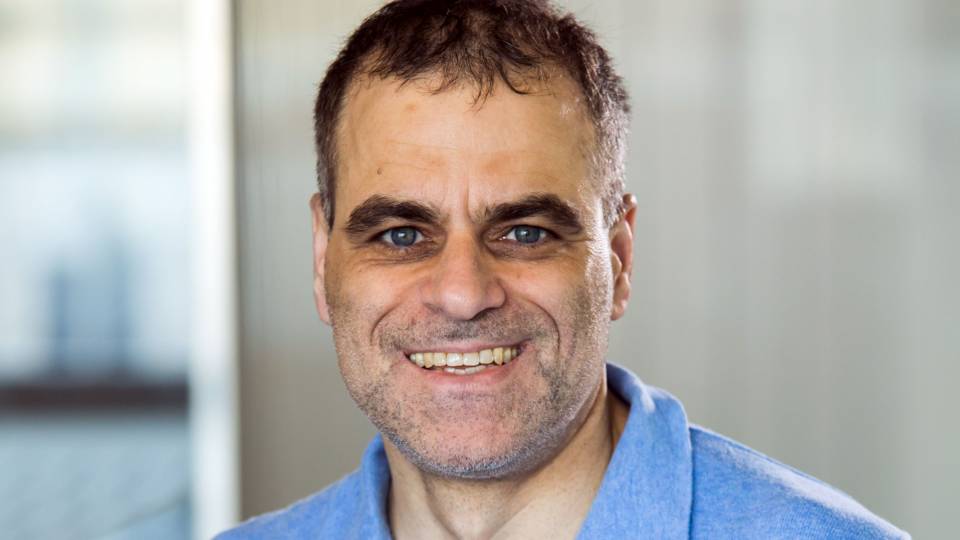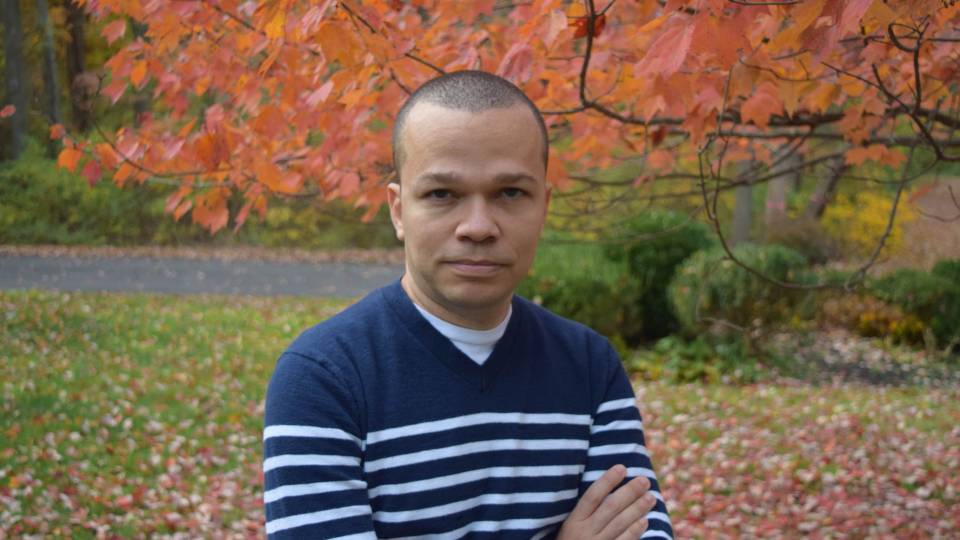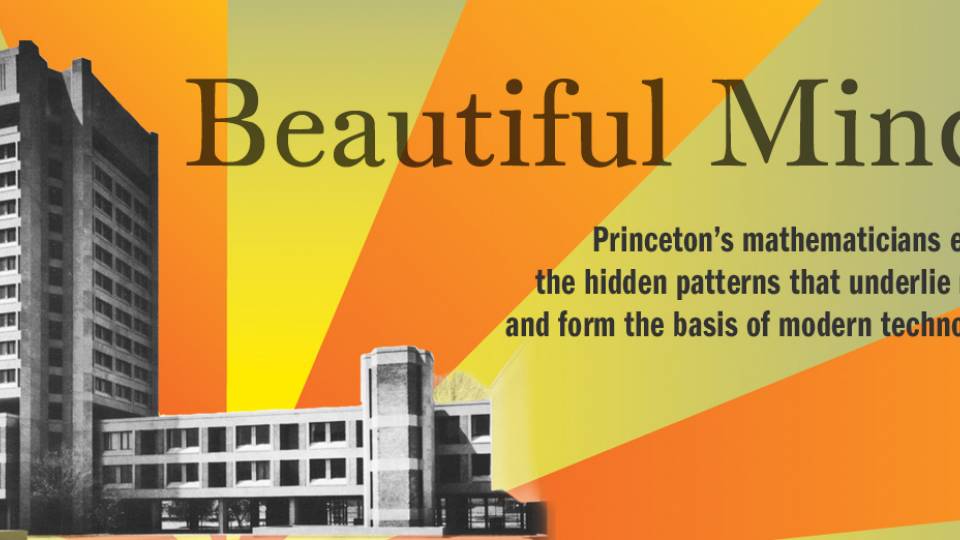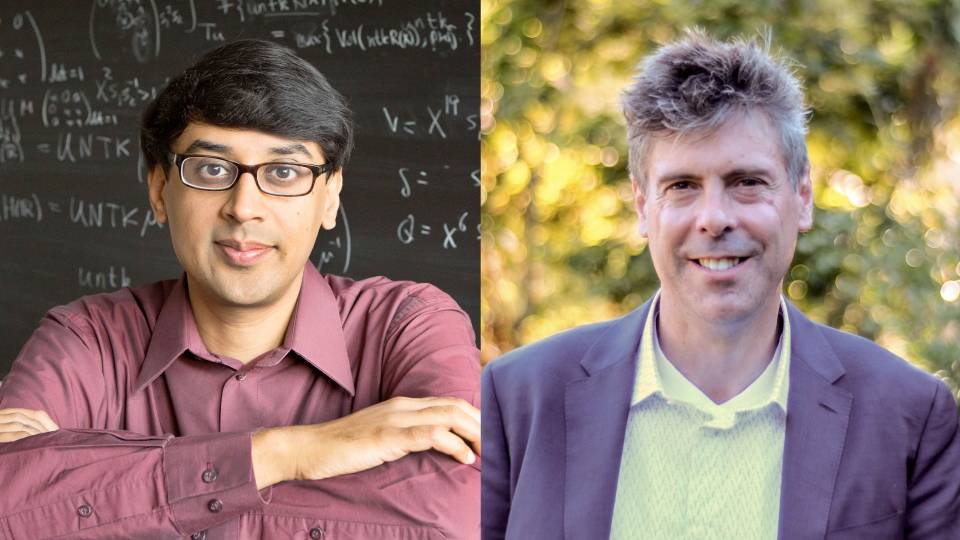Princeton University researchers netted four of the 21 inaugural Simons Investigators awards recently presented to outstanding scientists nationwide in mathematics, physics and computer science. Princeton received the most awards of any institution. The awards provide $100,000 annually for an initial five years to "undertake long-term study of fundamental questions," according to the New York-based Simons Foundation, which supports the award program; the awards can be renewed for an additional five years. Recipients of the award did not know they were being considered.
Princeton honorees are as follows with award citations provided by the Simons Foundation.
Sanjeev Arora, the Charles C. Fitzmorris Professor in Computer Science.
"Sanjeev Arora has played a pivotal role in some of the deepest and most influential results in theoretical computer science. He started his career with a major contribution to the proof of the PCP theorem, widely regarded as the most important result in complexity theory in the last 40 years. The PCP theorem states roughly that every proof, of any length, can be efficiently converted into a special format, in which correctness can be verified with high probability by reading small parts of it. The PCP theorem revolutionized our understanding of optimization problems and opened new directions in coding, cryptography and other areas. Arora is also known for his breakthroughs in approximation algorithms, having solved longstanding open problems. Notable examples include his algorithms for the Euclidean traveling salesman problem and for the sparsest cut in a graph. Arora has made important contributions on many other topics, including the unique games conjecture (a conjectured strengthening of the PCP theorem) and the power and limitations of hierarchies of linear and semidefinite programs."
Manjul Bhargava, the Brandon Fradd, Class of 1983, Professor of Mathematics.
"Manjul Bhargava pursues algebraic number theory and the geometry of numbers in the tradition of Gauss and Minkowski. Bhargava has inspired an extraordinary resurgence of this field, with wonderful applications. His overarching goal in this work is to count the basic objects of number theory and to make computational conclusions about their asymptotics. For example, it is conjectured that, in a certain natural sense, the average rank of the group of rational points of an elliptic curve defined over the rationals is 1/2. Bhargava and his student [Arul] Shankar recently showed that it is less than 1. Previously, it was not even known whether the average rank is finite. In joint work with Dick Gross, Bhargava has also shown that the number of rational points on the majority of hyperelliptic curves is bounded by a certain small number independent of the genus of the curve. This work opens up remarkable new vistas in arithmetic and suggests exciting conjectures."
Amit Singer, associate professor of mathematics and the Program in Applied and Computational Mathematics.
"Amit Singer works on a broad range of problems in applied mathematics, solving specific applied problems and employing sophisticated theory to allow the solution of general classes of problems. Among the areas to which he has contributed are diffusion maps, cryo-electron microscopy, random graph theory, sensor networks, graph Laplacians and diffusion processes. His recent work in electron microscopy combines representation theory with a novel network construction to provide reconstructions of structural information on molecules from noisy two-dimensional images of populations of the molecule. He works with a widely varied group of collaborators and graduate students in several disciplines. His work is increasing the range of applicable mathematics."
Frans Pretorius, professor of physics.
"Frans Pretorius has made seminal contributions to the numerical solution of the equations of general relativity, in particular inventing a new computational scheme based on harmonic decomposition of the Ricci tensor, which is now a textbook method in the field. Thanks in large part to Pretorius' innovations, accurate computer simulations of such general relativistic phenomena as the merger of two black holes have become possible for the first time after several decades of effort. These results enable the calculation of expected gravitational-wave signals that may be detected by present or planned gravitational wave observatories. Pretorius has also contributed to mathematical issues in general relativity such as the no-hair theorem in higher dimensions and the Gregory-Laflame instability of black strings."




